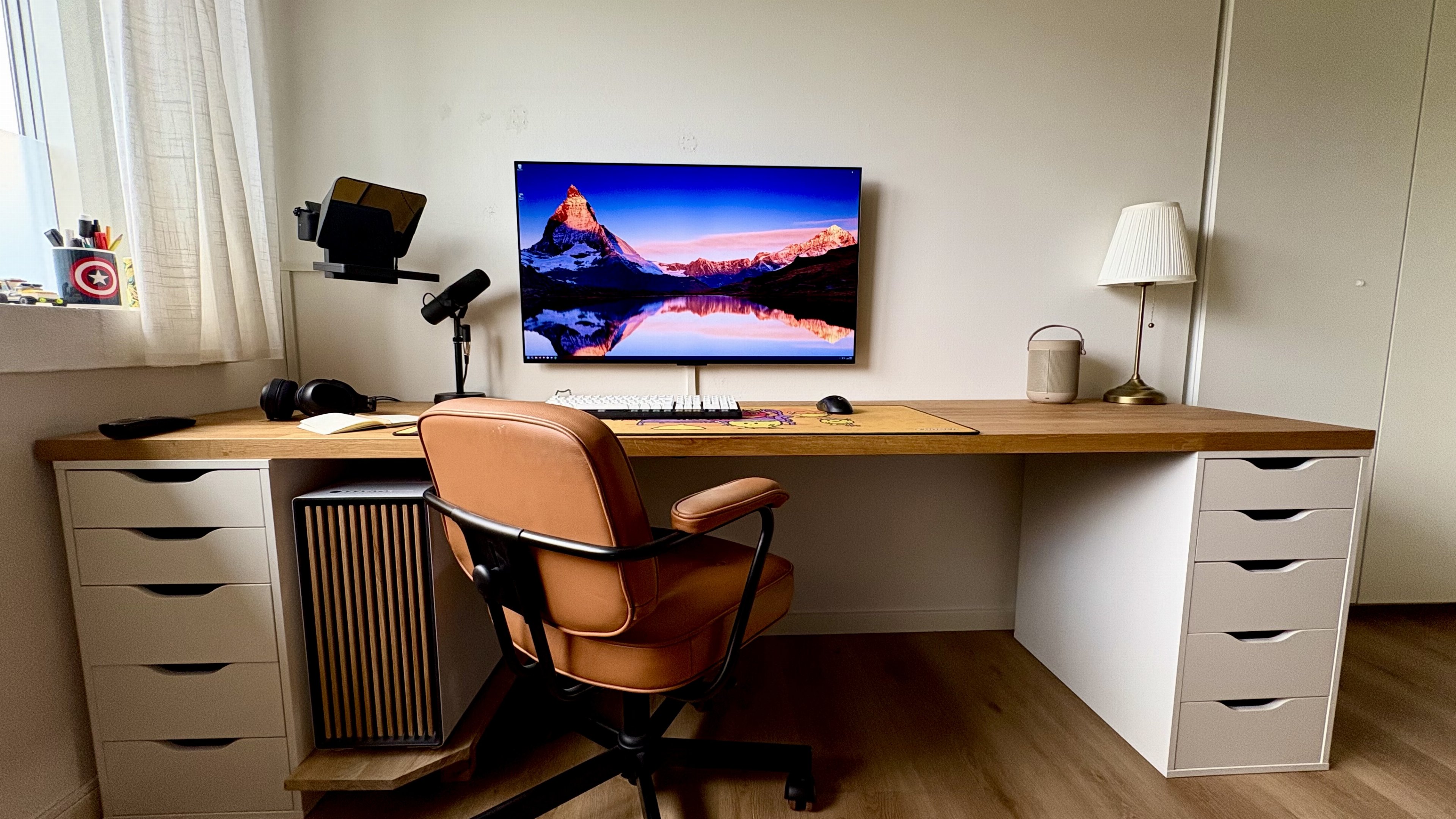Community Loadouts
@simonelkjaer
4 days ago •
1 votes
• Denmark
